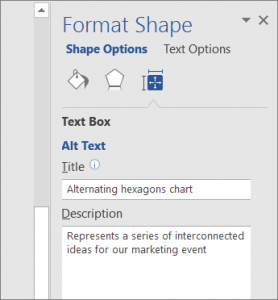Author: Mckenzie Pepper
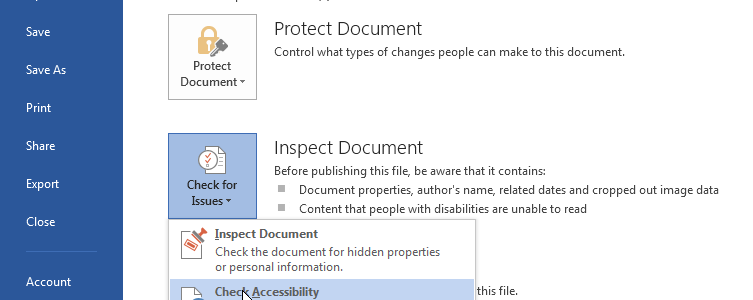
This is the last post in the mini-series on accessibility and Microsoft Word. In this post Conversion to HTML and PDF are discussed. Also how to understand and use the Accessibility Checker in Word. Lastly, there are some additional resources at the end for use.
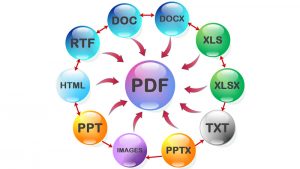
The programs that can be converted to PDF and which can be converted to each other.
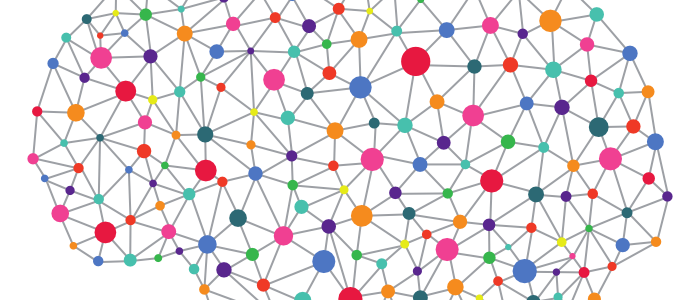
It seems that artificial intelligence enters more and more into the mainstream every day. Discussions around neural networks and how to best optimize and implement them happen everywhere, especially as the information on how to create them becomes more and more accessible to the public. However, one major issue I do not see being discussed in the mainstream is that of ensuring that the kind of information we feed these networks is sufficient to train them in a way that creates effective results. Here I want to discuss some of the foundational elements of neural networks and how they’re trained, as well as highlight some examples in which I feel there was a poor use of given data used to train or implement certain neural networks as a means of exemplifying the effects caused by the lack of this discussion. Read more
In the last year or so immigration has been in the news extensively. Political and religious refugees, economic refugees, and illegal immigration. It is a problem we have faced in the United States, Europe is dealing with it, and there is a mass of conflicting and unclear data.
Immigration Policies in Comparison (IMPIC)
The Immigration Policies in Comparison aims to give us clearer data sets. It focuses on the Organization for Economic Co-operation and Development (OECD) countries. Which consists of 35 member countries that span the globe, and 5 of 7 continents. They were granted funding for the project by the Emmy-Noether Program of the German Research Foundation from 2011-2016. The IMPIC project provides sophisticated quantitative indices as a measure of policy, with a focus on the 30 year period of 1980-2010. The goal being a new data set that allows the systemic study of the causes and effects of immigration policies.
Markov chains are definitely one of the more interesting and fun sets of statistics you can play around with. But they are excellent in the case of text generation. So what are Markov chains and how do they work? And how can we use them to make text?
Simple Markov Chains
Markov chains explain the probabilistic relations between different states. States are simply different situations or values of an object or scenario. For instance, a potential set of states for a person might have “sitting”, “standing”, “running”, “talking”, “laughing”, and “crying” as possible states. A Markov chain describes the probability of moving from any one state to another state, including moving from one state to itself (i.e. moving from “sitting” to “sitting”). In a simple 2-state Markov chain, there are 4 total potential transitions: 2 that describe moving from one state to the other, and 2 that describe moving from one state to itself. The main use of such Markov chains comes into play when we relate the probability of these different movements. For example, these states may be more likely to move to themselves than to switch from one to the other.
Now, the way that these probability relationships are described mathematically through transition matrices isn’t really important for our understanding of Markov chains. What is important is that you understand the basic ideas of a Markov chain having different states, related by probabilities of moving through these states. If you need some more visual or interactive understanding, I highly recommend this page (Markov chains: A visual explanation) made to explain Markov chains by Victor Powell and Lewis Lehe. Read more
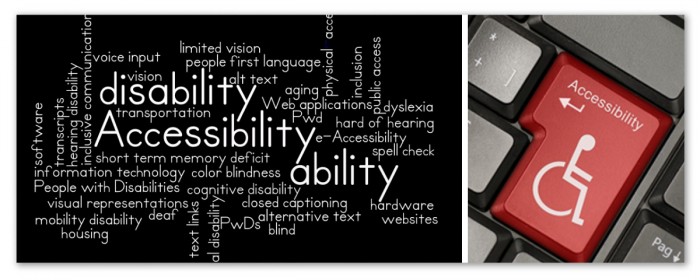
The next things to continue our discussion about MS Word accessibility is multimedia, conversions, and Word’s Accessibility Checker. Multimedia elements may or may not be used in any particular documents. However, if they are used you’ll need to consider such things as image alt tags, hyperlink texts, and screen tips. Conversion to HTML or PDF is not difficult but there are a few considerations, and the accessibility check is a newer feature starting in 2010 version. It is there to help in the goal of making a document accessible.
Read more

This blog post continues the last on Microsoft Word and accessibility. This post will cover Content Element. Content elements such as text effects list formatting assist readers, coloration and contrast are low vision considerations, and there are some formatting tools you’ll want to avoid in the quest for accessibility.

Lately, I’ve been extremely interested in the things that humans can create by collaborating with artificial intelligence. My first exploration of human/AI interaction dove into the works from writers at Botnik studios. These writers used predictive text keyboards to write exceptionally satirical versions of existing novels, recipe books, sitcom scripts, and even “Dear Abby” columns. The results are, in my opinion, side-splittingly humorous and well worth your time.
Besides humor, humans can work with AI to create some extremely interesting art from a computer’s perspective. Read more

Our first accessibility blog of the new year! I hope you all have found the PDF and other accessibility posts helpful. To continue the series we will be looking a Microsoft Word. Have you ever had a student, classmate, or friend have trouble accessing (reading, screen reading, etc.) a Word document? Maybe you have had these problems yourself. Here is how to make it easier to make these documents accessible.
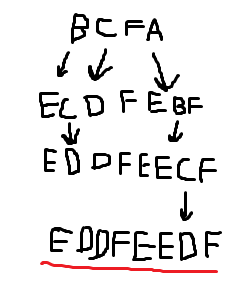
Tracery is a grammar construction tool widely used in making complex sentences, and it serves as a major text generation tool for Twitter bots. In this post, we’ll cover:
- what a context-free grammar is,
- how to use Tracery as a context-free grammar,
- show a tool for making Twitter bots with Tracery widely used by Twitter bot makers like Nora Reed,
- as well as show some tools that make writing and testing Tracery code a bit easier.
This is gonna be a lot of stuff to take in, so strap in and get ready to learn.




